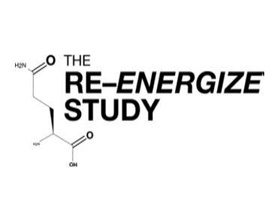
SRMRC researcher Dr Clara Yates travelled to the United States recently to attend an international conference, where she shared and discussed some of the data she has gathered.
She attended the 2nd International Society for Extracellular Vesicles (ISEV) meeting in Boston, May 2013. This is a new specialist society for extracellular vesicles (including exosomes and microvesicles); these are the tiny particles which are released by cells and play complex roles in the way the body functions.
Dr Yates, who works within the the Acute Response to Injury theme at SRMRC, focuses her research on microvesicles (MV), which are released from cells as a result of normal processes or damage. She is particularly interested in MVs released from the primary site of an injury.
Dr Yates was among an estimated 1,500 researchers who attended ISEV 2013 from around the world, providing the opportunity to present and discuss data with leading experts.
She presented a poster entitled ‘A comparison of flow cytometry and nanoparticle tracking analysis to enumerate changes in plasma MV over time following traumatic injury’. Flow cytometry uses lasers to count and analyse cells by suspending them in a stream of fluid and then passing them by an electronic detection system, whereas nanoparticle tracking analysis is a method which relates the rate of Brownian motion to particle size.
She was pleased with the opportunities to discuss her research and meet other researchers in the field : “The meeting enabled me to hear the latest on methodologies for MV assessment and to find out what others are doing to study their function. It also allowed me to receive a critique of the work I have been doing and to start making wider contacts.
“Flow cytometry can assess the origin and number of MV, but typically does not detect the great majority of MV with a diameter less than 500nm. Nanoparticle tracking analysis allows us to measure MV number with a diameter of 50-1000nm.”



